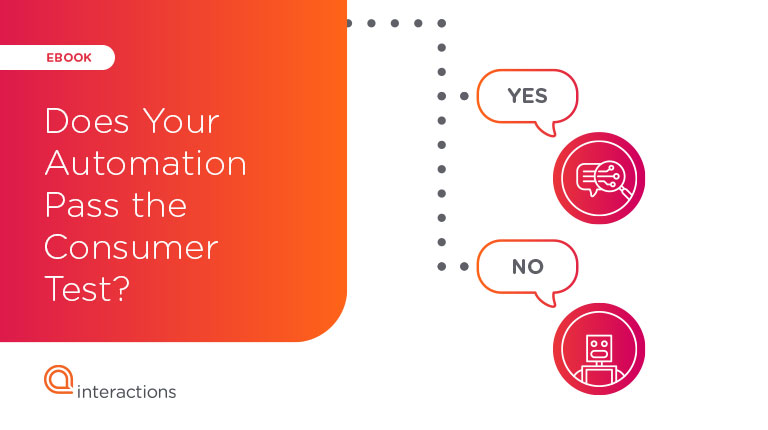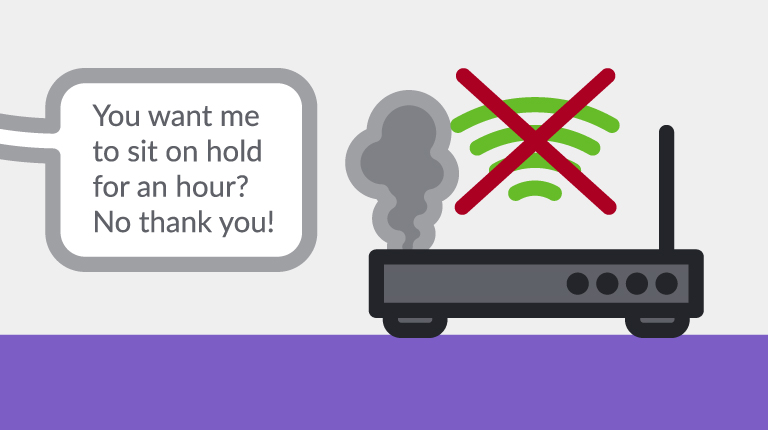Buzzwords have a way of entering the technology space, only to then be overused and lose all meaning and substance. A classic example of this is omnichannel. Few Conversational AI vendors can boast that they have a truly omnichannel experience, as many simply have multiple channels. But this doesn’t stop nearly all vendors from calling their products omnichannel.
In a similar way, vendors have begun to market self-service as a catch-all phrase.
The word itself is simple. People can serve themselves through customer service transactions, instead of having to speak to a live agent. But as we look further, we can see there is more to it.
For example, according to Gartner, by 2022, 85% of customer service interactions will start with self-service, up from 48% in 2019. But as far as I’m concerned, just starting with self-service isn’t really self-service at all. That would be like getting food from a buffet only to wait for a waiter to walk it over to your table.
Or imagine calling a brand only to have an automated system that could not understand what you’re saying. Is that still considered self-service?
Some brands argue that self-service isn’t through voice or chat channels at all, but rather through website applications. An example of this would be booking a hotel online versus calling the hotel directly to book it.
Why does it matter how we define self-service?
There is clearly confusion in this space. Why is it important to straighten out? For starters, having a clear definition of self-service can help brands ensure that the technology they are implementing is truly helping customers. If we don’t have a clear definition for these words, brands may misunderstand and then incorrectly interpret what customers actually want.
Let’s say a brand knows that customers prefer self-service. If they implement a solution that is not a true self-service experience, they may face negative consequences, like unhappy customers and disjointed customer journeys.
What is self-service?
There are a few characteristics that are needed to be present to distinguish between true self-service and simple automation.
End-to-end
Self-service solutions must support a customer throughout the entire conversation. Opening a conversation with a menu tree or DTMF does not classify as self-service, because it is not allowing customers to actually complete the transaction without a human agent.
If a transaction cannot be completed in its entirety with automation, then it is not self-service.
Human Understanding
If a solution is not advanced enough to understand what the consumer is saying and the intent behind what they are saying, it is not self-service. This lines up with the previous point. If an automated system cannot understand you to complete what you need them too, then it’s not really self-service.
Convenience
Self-service can technically still be considered as such if it’s only present on one channel. However, being able to engage with self-service across multiple channels, without losing context, is where the magic happens.
Why? For one, sophisticated backend integration across existing business systems is needed to achieve this. That same concept is what allows applications to have access to all information that a human agent would have. Without that access to information, the application cannot be called self-service.
Self-service shouldn’t be getting a bad reputation. Because true self-service eliminates what customers hate most: long waits, technology that can’t understand, and unhelpful agents. Customer dissatisfaction in automation comes from its failures of living up to self-service promises that should have never been made.
To see examples of self-service that delivers, check out our guide .





